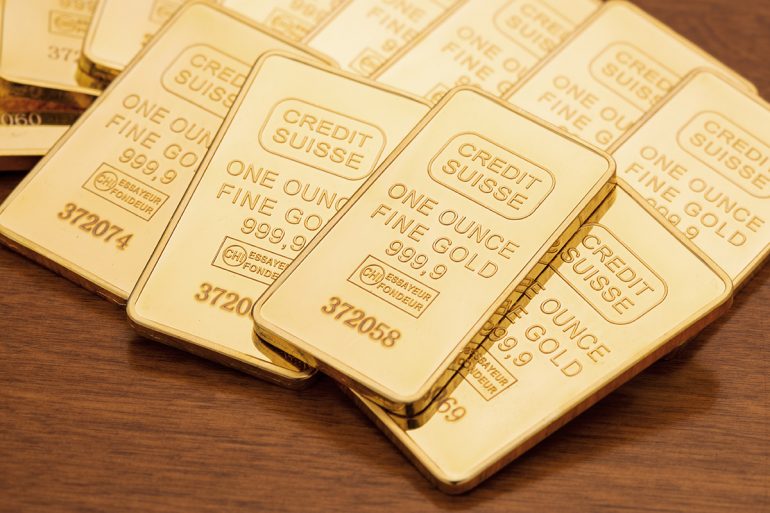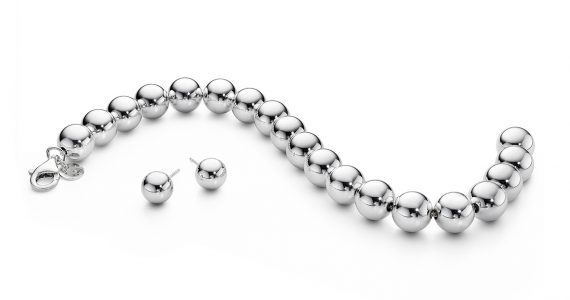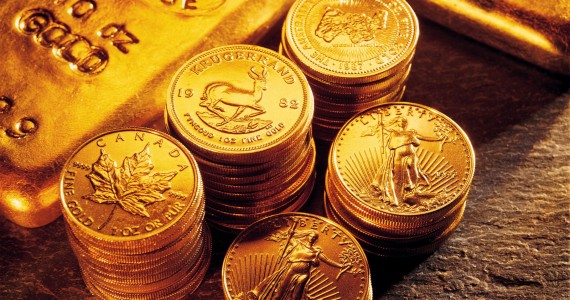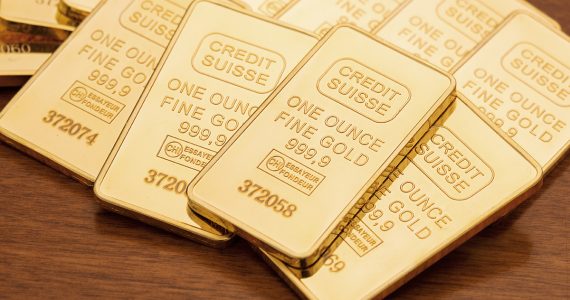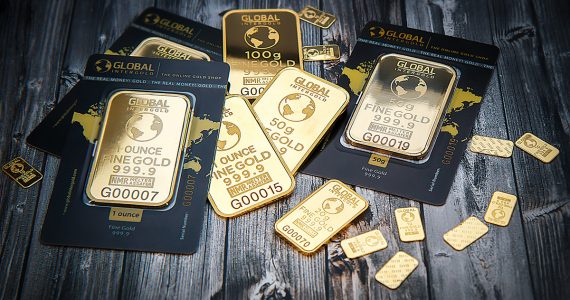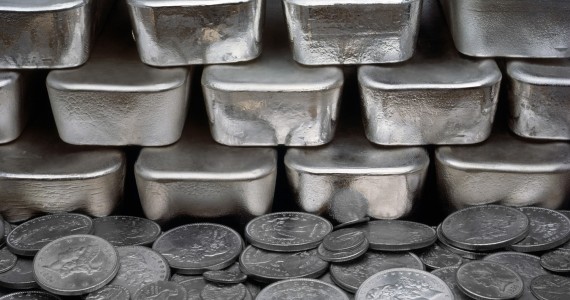Gold has rallied albeit briefly when it hit $1,300 an ounce, considered as a psychologically key level among investors, traders and analysts in the metals market, in Wednesday. This was the result of the Federal Reserve’s welcome announcement about leaving interest rates unchanged after its June 2016 meeting.
Briefly Traded at a High
For the August delivery, gold futures briefly traded at a high of $1,300 an ounce, their highest level since its $1,303.90 an ounce last May 3 with its last trading up $6.90 at $1,295.20 an ounce. Even spot gold prices went up by 0.54% at $1,291.91 per ounce.
Before the Federal Reserve made its announcement, the August delivery for gold futures in the United States settled up 20 cents per ounce at $1,200.30 an ounce. This is a six-week high after its climb for six consecutive sessions when the federal agency lowered its economic growth forecasts until 2017. This was an indication of its less aggressive tightening in its monetary policy for next year.
After its two-day meeting, the Federal Reserve announced that it kept interest rates unchanged. While this announcement was expected, it still signalled that the agency still plans to implement two rate increases in 2016. The agency has also said that it expects the country’s job market to become stronger after a recent slowdown amidst the dollar’s extended losses and the global stock market’s brief gains.
Gold mining companies also experienced gains – a fund tracking the industry rose by more than 4% after Janet Yellen, the Federal Reserve chairman, made the remarks.
Holdings in SPDR Gold Trust rose to its highest level since October 2013. SPDR Gold Trust is the world’s largest exchange traded fund with gold backing.
Cautious Rally on the News
But there are also concerns about the announcement. Tai Wong, the BMO Capital Market’s director of base and precious metals trading, has expressed concern about the Federal Reserve tempering its longer-term growth outlook considering the 62 basic points drop in the 2018’s Fed Funds median target.
Gold has indeed made a cautious rally after the news and, thus, it will be a disappointment if doesn’t re-test highs of the move more than $1,300 soon. Of all the precious metals, gold is arguably the most sensitive to U.S. interest rates such that increases in interest rates also increase the opportunity cost of non-yielding gold while also boosting the dollar; fold is priced based on the dollar.
According to Royce Mendes of the Toronto-based CIBC Capital Markets, the median of FOMC participants expect two more hikes in 2016 although 6 participants see a single hike, in contrast with one participant in March. These forecasts were made regarding the dot plot. For the CIBC Capital Markets, its analyst expect a rate hike in September, but not before it.
Gold bullion also rallied for its previous five sessions amidst the higher-risk assets, such as shares, suffering from heavy losses particularly in connection with concerns about Brexit. The term refers to Britain’s possible exit from the European Union with its campaigns still suspended after the fatal stabbing and shooting of Jo Cox, an MP.
For the first time, too, the yields on German Bunds fell below zero. The German Bunds are considered as safe havens.
On Wednesday afternoon, FactSet data observed that the gold futures gained approximately 0.5% to $1,294.80 a troy ounce at the New York Mercantile Exchange’s Comex division. Gold is up by about 22% so far in 2016, which reflects strong gains for the first quarter, which was partially due to the investors’ willingness to pile into the haven.
Furthermore, analysts viewed the Federal Reserve guidance as more dovish. The agency’s median projection still expects 2 rate increases in 2016 but more and more officials are seeing just one increase.
Keep in mind that lower rates are favorable for gold since it pays no interest. However, it makes gold more attractive when compared with yield-bearing assets, such as the U.S. Treasury.
Other precious metals also went up. Silver futures by 0.61% at $17.53 per ounce and platinum futures by 0.6% at $978 per ounce. Only palladium futures went down by 0.5% at $533.10 per ounce.
Gold continues to be significantly influenced by a few factors with perhaps one wild card. Investors still anxiously wait for the Federal Reserve’s interest-related announcements, especially in 2015 when the agency announced its first interest hike during a nearly 10-year period, which resulted in gold’s limited gains despite the increasing geopolitical turmoil.
The U.S. dollar has tumbled in 2016 against major currencies after hitting an 8-month high reached in November 2015. Gold traditionally benefits from a weak American dollar since it is valued in greenbacks. The investor demand also influences gold movements with ETF flows growing at their fastest pace since 2009. And then there’s the Brexit, which can give gold a bit of a boost if the British decide to leave the European Union next month.

